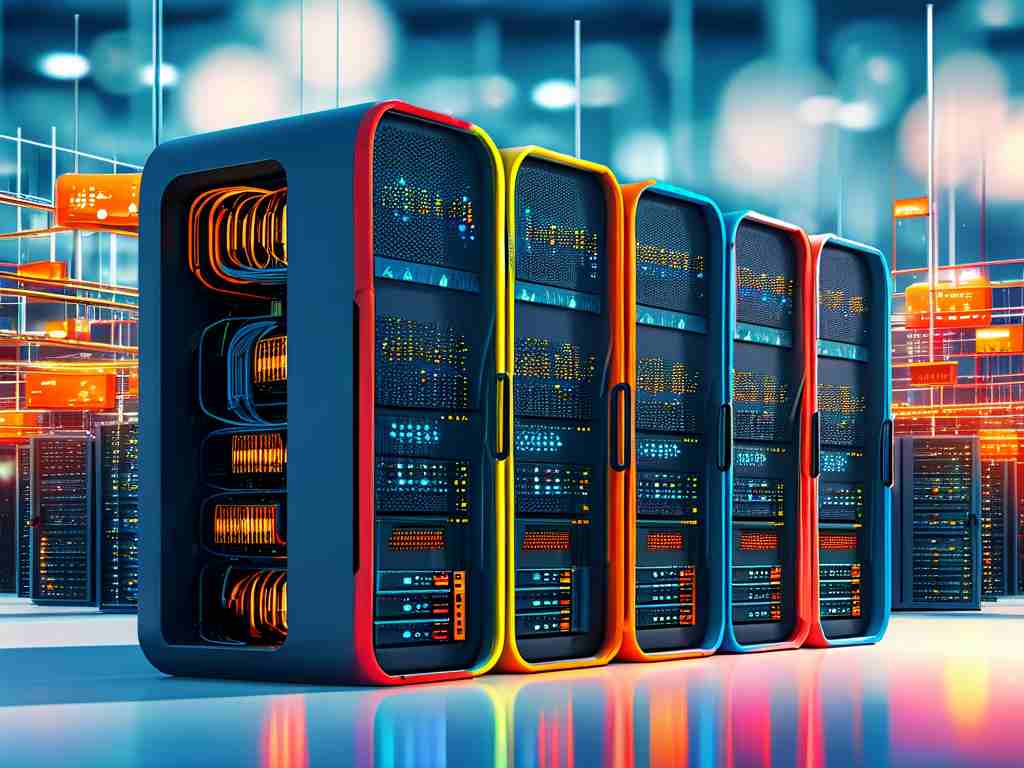In today’s rapidly evolving technological landscape, distributed architecture has emerged as a cornerstone for building scalable, resilient, and efficient systems. But what exactly defines a distributed architecture project? At its core, such a project involves designing software or systems where components are deployed across multiple networked devices, working collaboratively to achieve a unified goal. This approach contrasts with traditional monolithic architectures, which rely on a single, centralized system.

One of the defining features of distributed architecture projects is their ability to handle large-scale workloads. By distributing tasks across multiple nodes, these systems can process data in parallel, significantly improving performance. For instance, global e-commerce platforms leverage distributed architectures to manage millions of simultaneous transactions during peak shopping seasons. This scalability ensures that user experiences remain seamless, even under heavy demand.
Another critical aspect is fault tolerance. In a distributed system, if one node fails, others can take over its responsibilities, minimizing downtime. Consider cloud storage services like Amazon S3 or Google Cloud Storage: data is replicated across multiple servers and geographic locations. This redundancy not only safeguards against hardware failures but also protects against regional outages or natural disasters.
However, designing distributed architecture projects is not without challenges. Ensuring data consistency across nodes—often referred to as the CAP theorem dilemma—requires careful balancing. Developers must choose between consistency, availability, and partition tolerance based on the project’s priorities. Tools like Apache Kafka or RabbitMQ are frequently employed to manage asynchronous communication and event streaming, helping maintain coherence in decentralized environments.
Security also poses unique hurdles. With data flowing across networks, encryption and access control mechanisms become paramount. Zero-trust security models, where every request is authenticated and authorized, are increasingly adopted in distributed systems. Additionally, blockchain technology has introduced novel solutions for decentralized trust, as seen in projects like Hyperledger or Ethereum.
Real-world applications of distributed architecture span diverse industries. In finance, stock exchanges use distributed systems to process trades in microseconds. Healthcare platforms leverage distributed databases to share patient records securely across hospitals. Even modern gaming ecosystems rely on distributed architectures to support multiplayer experiences with low latency.
A notable example is the open-source project Kubernetes, which orchestrates containerized applications across clusters. By automating deployment and scaling, Kubernetes exemplifies how distributed architectures empower DevOps teams to manage complex infrastructures efficiently. Similarly, edge computing—a paradigm where data processing occurs closer to its source—relies on distributed principles to reduce latency for IoT devices like autonomous vehicles or smart factories.
Looking ahead, advancements in quantum computing and 5G networks will further push the boundaries of distributed architectures. These technologies promise faster data transmission and enhanced computational power, enabling real-time analytics and AI-driven decision-making at unprecedented scales.
In , distributed architecture projects represent a paradigm shift in system design, offering unparalleled scalability and resilience. While challenges like consistency and security persist, innovative tools and frameworks continue to evolve, making distributed systems indispensable in our interconnected world. As organizations strive to meet growing digital demands, mastering distributed architecture will remain a critical competency for developers and enterprises alike.









